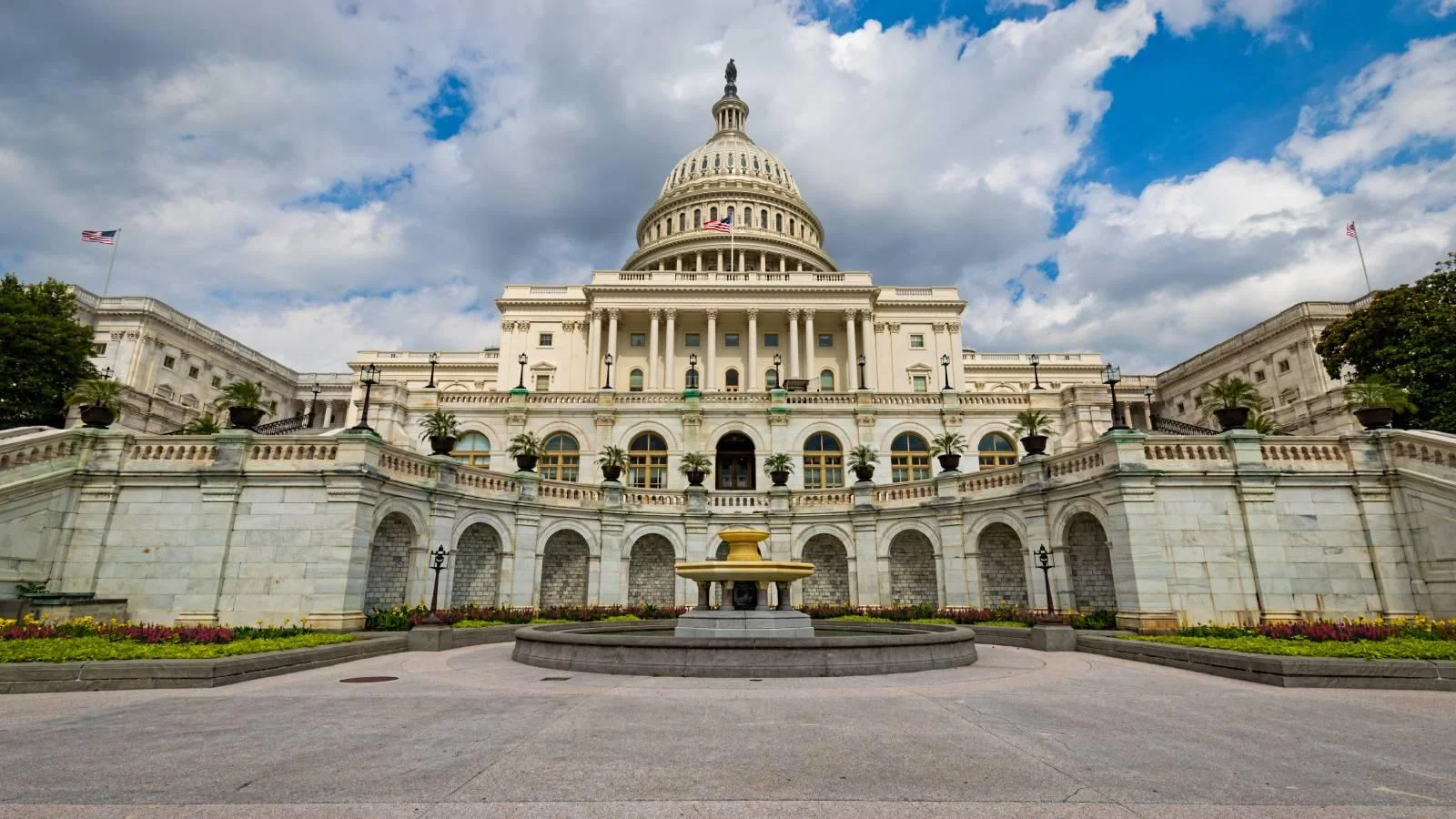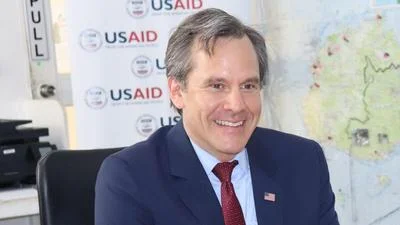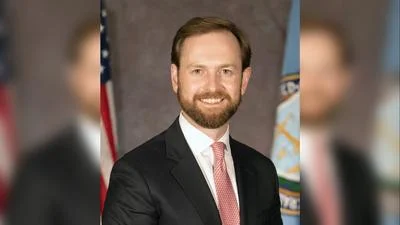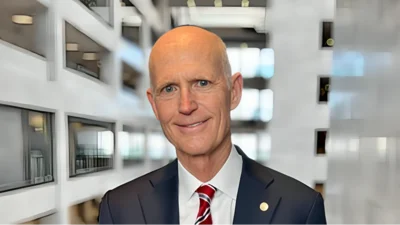WEST VALLEY, N.Y. - EM and its cleanup contractor at the West Valley Demonstration Project (WVDP) say their commitment to applying lessons learned has helped keep them on track to reach a major milestone in legacy waste disposition later this year.
“Using lessons learned to safely disposition legacy waste is a great practice that benefits the project and the environment," WVDP Director Bryan Bower said. “It can be applied to other areas of work to further improve safety, processes, and efficiencies."
EM and CH2M HILL BWXT West Valley’s (CHBWV) waste management team have shipped for disposal just over 159,000 cubic feet of the more than 165,000 cubic feet of low-level legacy waste at the site. They need to complete about 20 more shipments to arrive at the milestone. That waste includes several large vessels used during past fuel reprocessing operations.
A prominent lesson learned resulted from the team’s work on a vessel called the Dissolver, or 3C-2. During an 18-month period at the Remote-Handed Waste Facility (RHWF), crews processed, packaged and shipped the majority of this waste for disposal offsite.
Original surveys of the 3C-2 showed its dose rates were above 200 millirem, which requires remote handling. Based on those dose rates, crews planned to cut the vessel into several panel-sized pieces and place them in 55-gallon drums for storage. After cutting each panel and moving them away from the 3C-2, surveys showed the dose rates dropped below the 200-millirem threshold. It was an anomaly compared to previous characterization assumptions.
Crews investigated the decrease in dose rates and learned that the annulus of the Dissolver contained leached fuel hauls from past reprocessing operations. Those leached fuel hauls created the high dose rates - not the Dissolver as a whole. The team applied this lesson learned to cleanup of the second Dissolver, 3C-1, and increased work efficiency. Processing of the second Dissolver is expected to be complete in five months, compared to 18 months for the first Dissolver.
Another lesson learned came with processing 3C-1. The team learned that non-destructive assay - a method for measuring radioactivity - confirmed that the box holding the 3C-1 can be size-reduced and packaged as low-level waste instead of transuranic waste. That means workers can cut the 3C-1 into two sections instead of multiple panels inside the work cell at the RHWF. Crews will package those sections in two large shipping containers for disposal offsite, and grout both portions for additional shielding and stabilization for transportation.
Earlier this year, workers finished processing a third vessel, the reboiler, a component of the liquid-waste treatment system. It’s scheduled for shipment for offsite disposal in June. The team shipped a fourth vessel - the separator, another part of the liquid-waste treatment system - for offsite disposal in March.
The team noted that use of lessons learned helps maintain a learning organization where pertinent information is shared and used across multiple disciplines and departments, fostering continuous improvement among employees and the organization as a whole.
Source: U.S. Dept. of Energy, Office of Environmental Management









